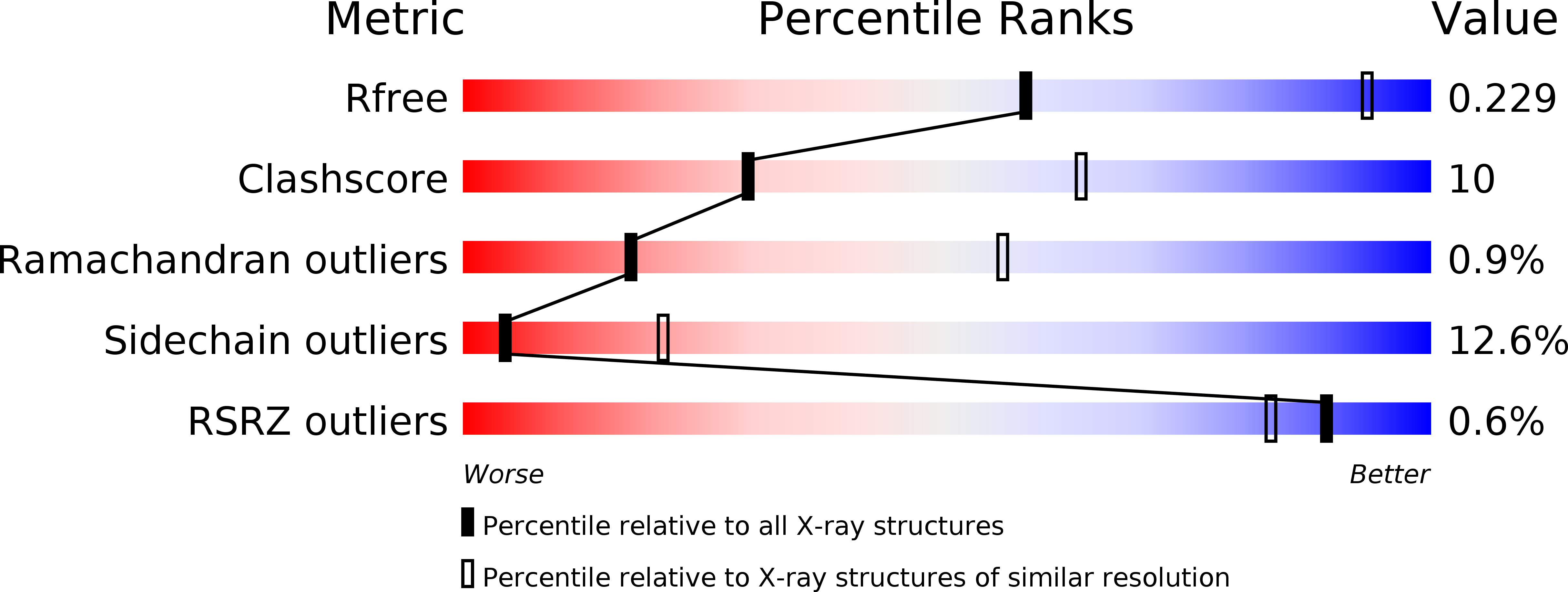
Deposition Date
2003-06-24
Release Date
2005-05-03
Last Version Date
2023-08-16
Method Details:
Experimental Method:
Resolution:
3.20 Å
R-Value Free:
0.25
R-Value Work:
0.21
R-Value Observed:
0.21
Space Group:
P 65 2 2


